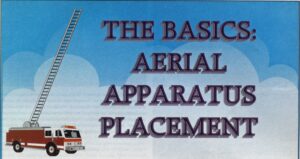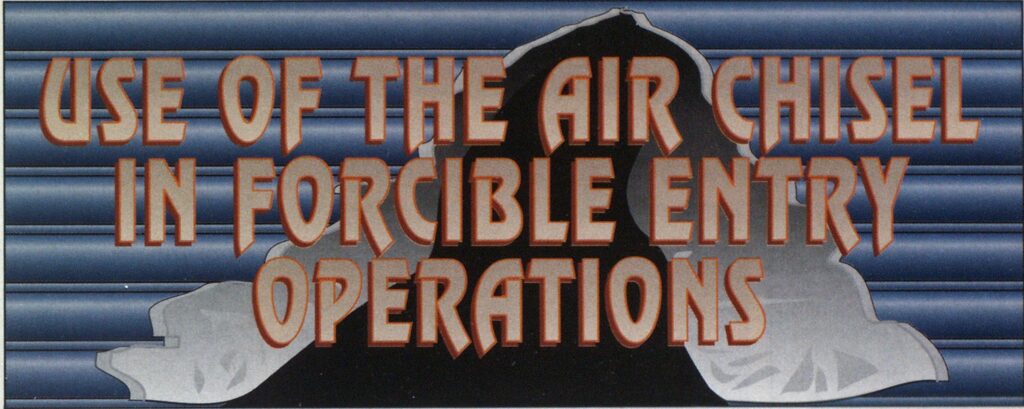COMING EVENTS
William C. Peters, Fire Engineering editorial advisory board member and author of Fire Apparatus Purchasing Handbook (Fire Engineering Books, 1994), will conduct the “Fire Apparatus Purchasing” segment of the FIRE INDUSTRY EQUIPMENT RESEARCH ORGANIZATION (FIERO) FIRE APPARATUS FORUM to be held NOVEMBER 11-12 at the Pinccroft-Sedgefield Fire Department in Greensboro, North Carolina.








